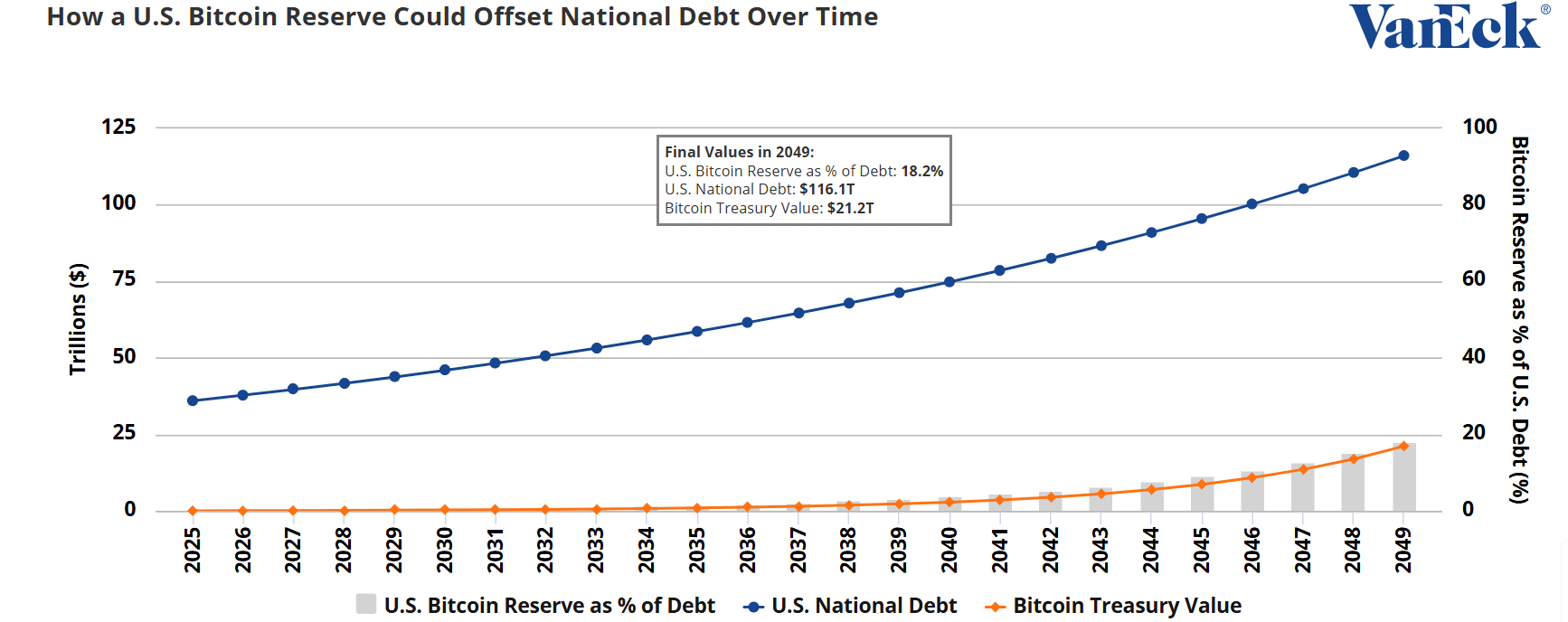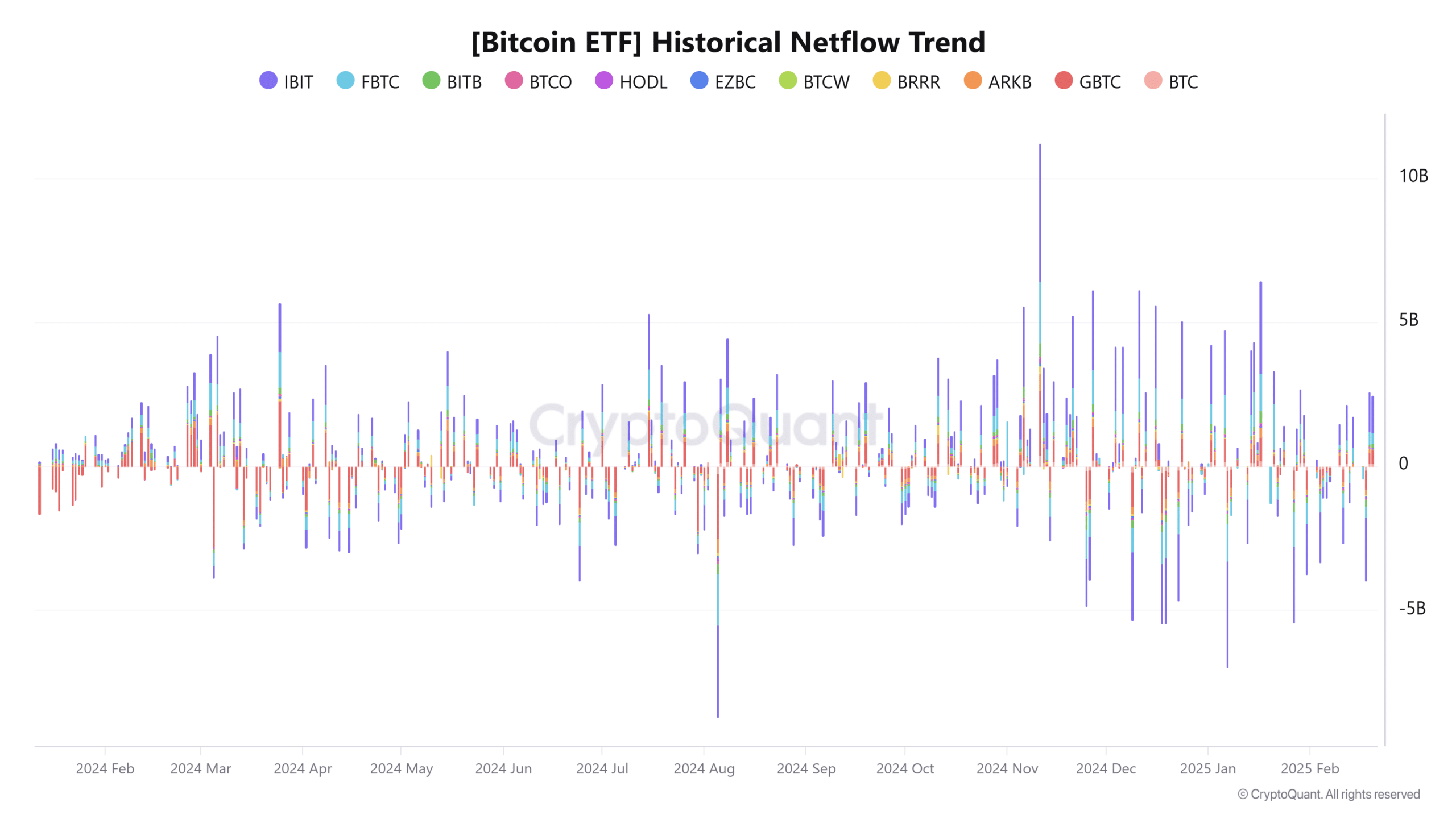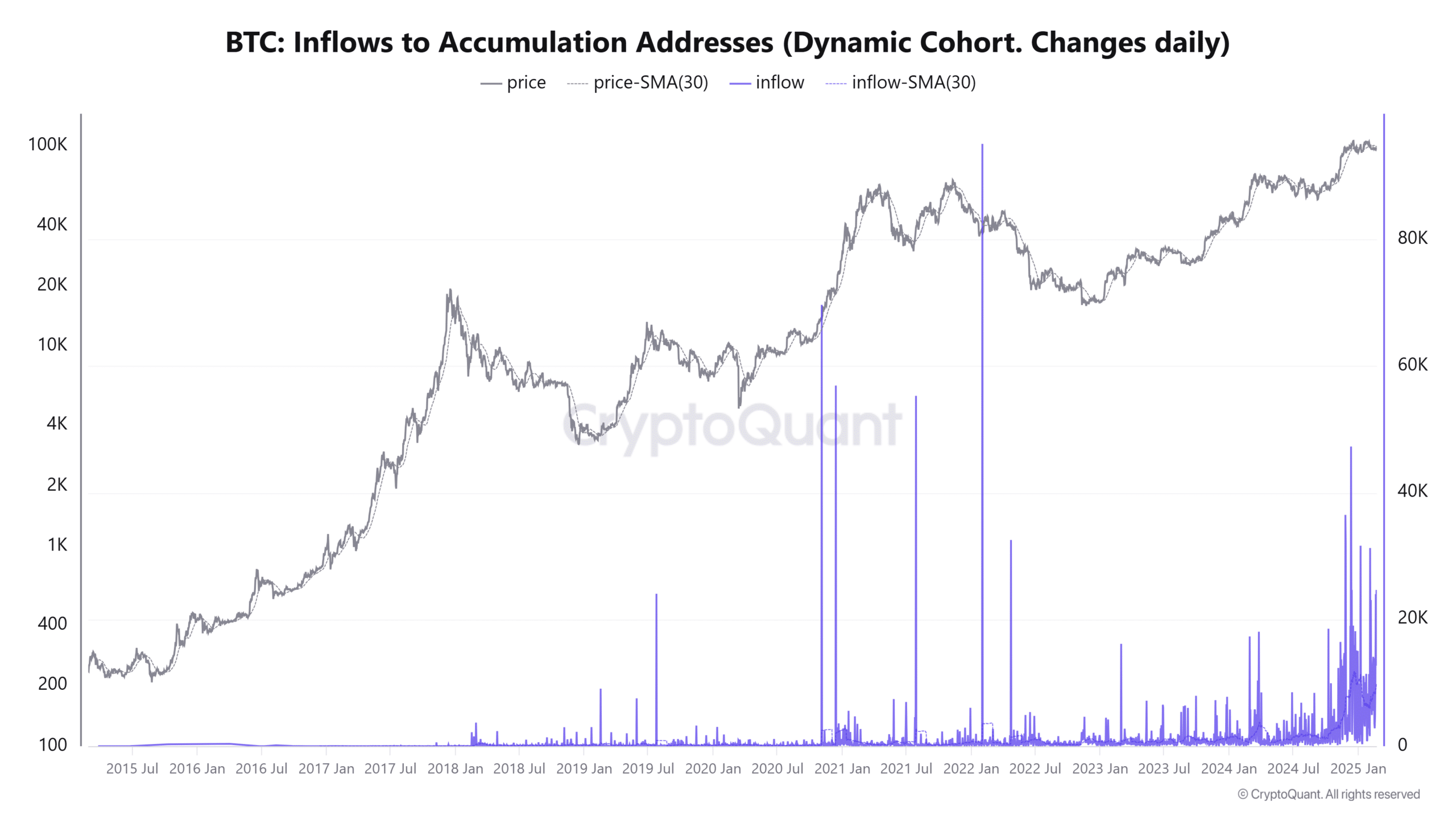-
A Strategic Bitcoin Reserve could pivot the U.S. towards alleviating its staggering debt levels, according to investment firm VanEck.
-
By recommending the acquisition of bitcoins backed by the BITCOIN Act, VanEck lays out a long-term vision for financial stabilization.
-
“Acquiring one million bitcoins over five years can bolster U.S. financial health,” states a VanEck report.
This article explores VanEck’s bold proposal for a U.S. Strategic Bitcoin Reserve to alleviate national debt, examining potential impacts and strategies.
The BITCOIN Act: A strategic acquisition plan
Senator Cynthia Lummis’s ‘BITCOIN Act’ proposes that the U.S. Treasury systematically purchase one million bitcoins over five years. Implementing this strategic framework aims to counteract inflation while addressing concerns around global de-dollarization. By integrating Bitcoin into the national reserve portfolio, the United States could enhance its financial stability amid ongoing economic fluctuations.
VanEck’s projections: Debt offset potential
VanEck’s analysis presents a compelling case for this initiative. Assuming a 5% compound annual growth rate (CAGR), the U.S. national debt could grow from $37 trillion in 2025 to about $119.3 trillion by 2049.

Source: VanEck
If Bitcoin’s value appreciates at a CAGR of 25%, rising from $200,000 in 2025 to approximately $42.3 million per Bitcoin by 2049, a reserve of one million bitcoins could be valued at $42.4 trillion. This valuation would represent roughly 35% of the projected national debt, offering a substantial financial tool to offset liabilities.
Institutional accumulation: Strengthening the case for a Bitcoin Reserve
Institutional involvement in Bitcoin has surged, with notable trends emerging in ETF net flows and accumulation addresses. Data from CryptoQuant reveals an increased interest from major investment firms in Bitcoin as a strategic asset. Factors contributing to this shift include:
Bitcoin ETF Net Flows – The continuing historical net flow trend indicates increasing institutional demand for Bitcoin. Since early 2024, ETF inflows have been somewhat volatile; however, the enduring positive trends demonstrate robust buying pressure.

Source: CryptoQuant
Accumulation Addresses – The rise in inflows to Bitcoin accumulation addresses reflects a strategic shift towards long-term holding by institutional investors. Significant spikes in these addresses suggest that institutions are preparing for sustained market participation.

Source: CryptoQuant
El Salvador: A case study in state-level Bitcoin accumulation
A prime example of a nation actively accumulating Bitcoin is El Salvador. Since adopting Bitcoin as legal tender in 2021, the country has strategically increased its reserves. President Nayib Bukele’s approach includes regular Bitcoin purchases, particularly during market dips, fostering a resilient economic framework. Furthermore, initiatives like “Bitcoin Bonds” have emerged to fund infrastructure projects and stimulate growth.
Implementation strategies: Funding the reserve
Creating a Bitcoin reserve presents challenges in funding. VanEck outlines several alternatives to minimize taxpayer impact:
Utilizing Seized Bitcoin Assets – The U.S. government holds around 184,000 bitcoins from asset forfeitures. Redirecting these assets toward the Bitcoin Reserve could substantially address initial acquisition costs.
Revaluing Gold Certificates – Currently, the Treasury’s gold certificates are valued at historical prices. Updating these valuations could unlock approximately $693 billion, which could facilitate Bitcoin purchases.
Leveraging the Exchange Stabilization Fund (ESF) – With around $49.7 billion under its management, the ESF could provide a critical source for bitcoin procurement without increased taxation.
State-level initiatives: A growing trend
A broader movement is emerging at the state level, with lawmakers in 18 U.S. states, including Texas and Massachusetts, proposing Bitcoin reserve legislation. If these bills are enacted, they could collectively lead to the acquisition of over $23 billion worth of Bitcoin, translating to about 247,000 Bitcoins. This trend toward decentralized economic strategies exemplifies a proactive approach in resilience planning.
Market Implications: Bitcoin’s role in National Reserves
Incorporating Bitcoin into national and state reserves may radically alter both cryptocurrency markets and traditional financial systems. Such government-backed acquisitions could substantially increase demand for Bitcoin, potentially driving its price to new levels. This recognition of Bitcoin as a strategic asset not only legitimizes its status but also promotes broader adoption and integration across the financial landscape.
Conclusion
VanEck’s proposal for a U.S. Strategic Bitcoin Reserve stands as a forward-thinking strategy to address the escalating national debt. By leveraging Bitcoin’s long-term appreciation potential, the U.S. could enhance its financial resilience. Nonetheless, the success of such an initiative will depend on meticulous planning, comprehensive regulatory frameworks, and an explicit understanding of associated risks and rewards.
